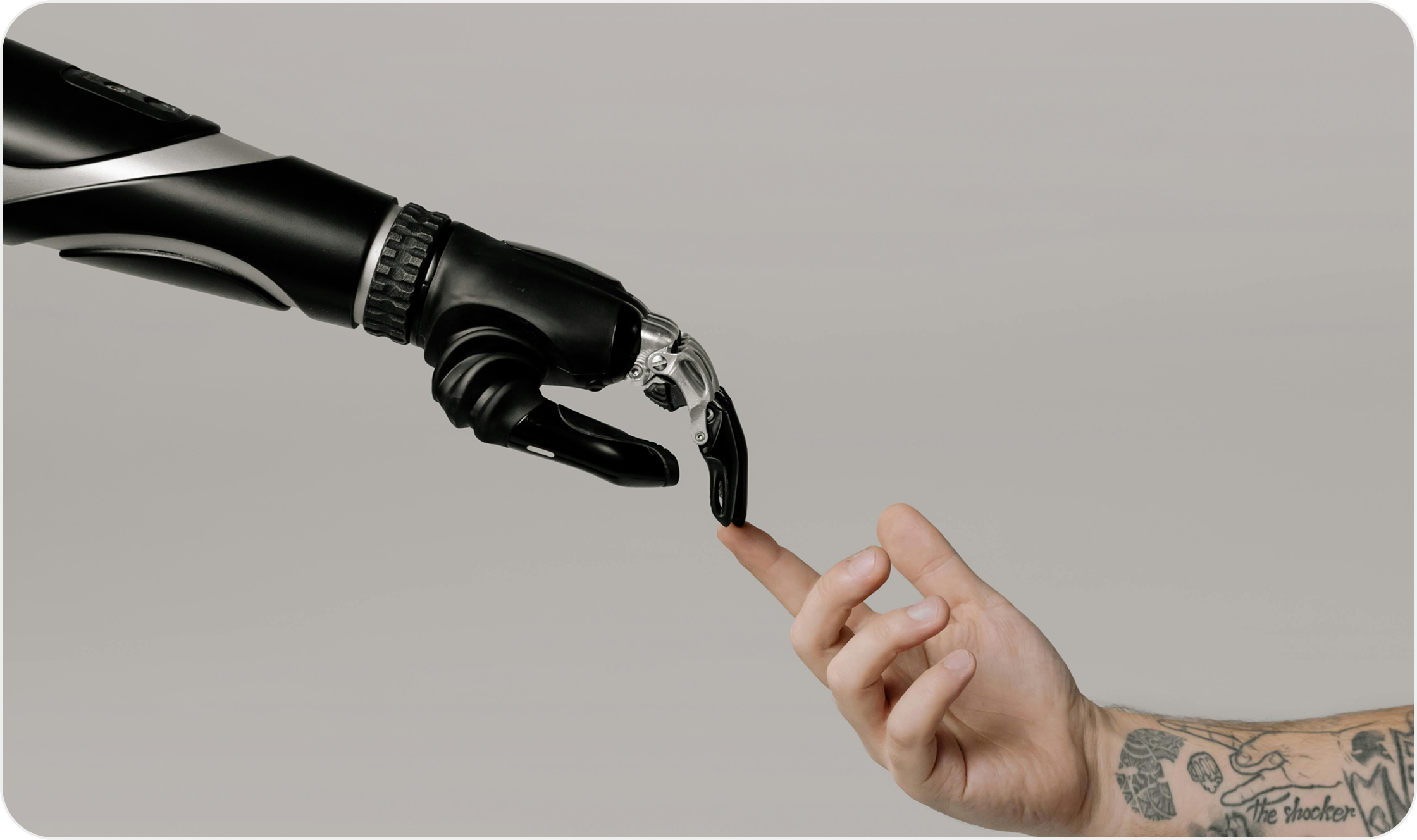Mastering customer behavior: E-commerce marketing growth with predictive analytics
Imagine businesses as pioneers, always seeking innovative ways to connect with their customers. Instead of relying on enchantments, they wield the power of data and cutting-edge technology.
One remarkable tool they've been embracing lately is predictive analytics. It's like having a wise sage who can anticipate what your customers might do next. This technique involves gathering heaps of data about past customer behavior and then using sophisticated algorithms to predict their future actions.
Now, why is this such a game-changer? Well, envision you're managing a cozy café. With predictive analytics, you could peer into the future and know precisely when your customers are yearning for that caffeine fix. Maybe it's bright and early on a weekday morning or during a chilly evening. Armed with this knowledge, you can craft the perfect strategy to entice them in with irresistible offers or promotions, like a complimentary pastry with their favorite brew.

But it's not just about timing your moves. Predictive analytics also grants you deep insights into your customers' preferences and habits. You can uncover hidden patterns, like who's more inclined to splurge on a gourmet coffee or who prefers their drink with a hint of sweetness. Armed with this understanding, you can tailor your marketing messages to resonate with each customer's individual tastes.
In this article, we're delving into the world of predictive analytics for customer behavior. We'll explore how it's reshaping the marketing landscape, empowering businesses to navigate customer desires with finesse. So, get ready, because the future of marketing is here, and it's brimming with possibilities!
Understanding predictive analytics
Predictive analytics is a sophisticated methodology that employs advanced mathematical algorithms and computational techniques to anticipate future outcomes based on historical data patterns. It essentially functions as a predictive tool, akin to having a highly accurate forecasting mechanism, allowing businesses to make informed decisions about future strategies.
Here's the scoop: it starts with gathering a bunch of information about what's gone down in the past. Then, using special algorithms (fancy math rules), it sifts through all that data to spot patterns and trends. It's like finding hidden treasures in a sea of information!
Once it's done its detective work, predictive analytics can make some pretty neat predictions about what's likely to happen in the future.
But hold on, there's more to it than just making guesses. Predictive analytics also helps businesses understand their customers better. By studying past behaviors and preferences, they can tweak their strategies to better suit what their customers want.

Uses of predictive analytics in e-commerce marketing
Predictive analytics helps e-commerces optimize their marketing budgets by identifying the most effective channels and tactics. Here are some uses for predictive analytics in e-commerce marketing:
Segmentation - involves separating a market into subgroups with similar attitudes, demographics, geographics, or behaviors. Once you segment the market, you can tailor your product to meet the specific needs and desires of your chosen segments—your target market. Data is essential in defining these target segments and determining the best way to position your product for each one. Predictive analytics also helps identify the most profitable segments by analyzing past consumer behavior within each group.
Customer churn prediction -is the process of identifying customers who may leave a service. It is crucial for many companies because it is usually more costly to attract new customers than to retain the existing ones. Once a business can identify which customers are likely to leave, they can then implement specific marketing strategies to retain them. This could mean giving them special prices or extra attention to make them want to stay.
Customer lifetime value (CLV) - is about determining how much a customer is likely to spend during the period of time that he/she is a customer of a company. It is useful because it enables a business to identify the most valuable customers. This is because by knowing the CLV of a customer, a business can concentrate on retaining the valuable customers. They can also use this information to determine how much they are willing to pay for new customers versus retaining the existing ones.
For example, an e-commerce platform uses CLV Prediction to define which clients make the most purchases and spend more on complementary services like premium accounts or extra products. They discover that customers who engage in loyalty programs have the highest CLV through analysis. To keep such customers engaged, the e-commerce platform provides them with early access to sales, special discounts, and product recommendations relevant to their previous purchases. This strategy helps maintain the loyalty of these valuable clients to the platform and guarantee sustainable revenues in the future.
Customer acquisition - in predictive analytics means using data and smart guesses to find new customers who are likely to buy from a business. It's like looking at clues from past customers to find similar people who might also become customers in the future.
Sentiment analysis - helps to understand how customers feel about a product or service through the comments, reviews, and social media posts. It enables businesses to know if the customers are satisfied or dissatisfied with their goods or services. By identifying areas for improvement, companies can make changes to better meet customer needs and preferences.
Implementing predictive analytics in e-commerce marketing
Predictive marketing analytics is accessible to businesses and marketing organizations of all shapes and sizes.
Like all great marketing strategies, the implementation of predictive marketing analytics starts with a simple objective. During the project definition stage, you’ll want to create a list of priorities and then figure out what is desirable and what is possible before getting internal buy-in. The next steps on your journey of implementing predictive marketing include:
Data collection - Collect data from several sources such as customers’ purchase history, contact, profile, and online activities.
Data cleaning - Cleanse and organize the data to ensure accuracy and consistency. This may involve removing duplicates, correcting errors, and formatting the data for analysis.
Feature selection - Feature Selection involves picking out the most important pieces of data that help predict the marketing results you want. This can be done by looking at the data and using math or computers to figure out which parts are most useful.
For example, suppose you are trying to determine whether people will purchase a new product based on age, income, and purchase history. Feature selection assists you in determining which of these factors (age, income, buying history) are the most significant for predicting purchases.
Challenges and limitations
Despite its promise, predictive analytics also presents several challenges and limitations. These include issues related to data quality and availability, privacy and ethical concerns surrounding the use of customer data, as well as challenges associated with model interpretability, overfitting, and bias. Addressing these challenges requires a thoughtful approach and a commitment to ethical and responsible data usage practices.
Future trends and innovations
Looking ahead, the future of predictive analytics in e-commerce marketing is ripe with possibilities. Advancements in machine learning algorithms, coupled with the integration of predictive analytics with artificial intelligence and the Internet of Things, promise to unlock new opportunities for personalized and real-time marketing strategies. As businesses continue to embrace data-driven decision-making, predictive analytics will undoubtedly play a central role in shaping the future of e-commerce marketing.
By harnessing the insights gleaned from predictive models, businesses can better anticipate customer needs, personalize marketing efforts, and ultimately drive growth and profitability. As we navigate the increasingly complex and competitive e-commerce marketing, predictive analytics will continue to be a cornerstone of success for businesses seeking to stay ahead of the curve.
